Another path to justice
Long time ago, in a quiet suburb, two people’s lives were forever changed by a single event. Ema, a young artist, was returning home from her studio one evening when she was suddenly violently robbed by an attacker. The robber, Mark, was desperate and addicted to drugs, and saw Ema as an easy target.
Ema suffered physical injuries and emotional trauma from the attack. She was afraid to leave her home, and her once lively and creative spirit was shattered. Mark was arrested shortly after the incident. He had a criminal record and faced potential imprisonment.
The justice system intervened and, instead of a regular court trial, offered Emma and Mark an alternative: a restorative meeting. Emma was initially uncertain but wanted to close this life chapter and have the opportunity to express her pain directly to Mark. Mark was also curious about the opportunity to face the consequences of his actions and make amends.
The meeting took place in a small room at a local non-governmental organization. Emma sat on one side of the table, her hands trembling. Mark sat opposite, avoiding eye contact. The facilitator, Sarah, introduced herself and explained the process. She asked both for their voluntary consent, which they could withdraw at any time. She assured both parties that this was a safe space and confidential environment to share their feelings.
Emma began to describe the night of the attack - the fear, the pain, and the recurring memories of the event that followed. Tears streamed down her face as she described how her once beloved art now reminded her of that traumatic event. Mark listened intently, his face showing understanding and genuine remorse.
When it was Mark’s turn, he hesitated at first. He had never met a victim before, and the burden of his actions weighed heavily on him. He apologized to Emma, his voice trembling, and admitted that he was desperate, as he had no money to satisfy his worsening addiction. He never intended to physically harm her.
Ema’s anger softened as she listened to Mark’s story. She saw in him a broken man. who had made terrible life choices. She asked him why he hadn’t sought help instead of resorting to violence. Marek explained that he felt at the end of his rope, having lost all hope.
Sarah guided the conversation towards a potential agreement for restitution. Ema expressed her wish for Marek to cover her medical bills and therapy sessions. Marek agreed, promising to find a job and contribute to her recovery. Ema also requested that Marek seek professional help to address his addiction.
Over the following months, Ema and Marek met regularly. They talked about their progress, shared their struggles, and even found common ground. Marek gradually began to recover, and Ema’s art started to flourish and heal her. She even managed to paint a portrait of Marek, capturing both his pain and his potential for change.
One day, as Ema and Marek sat in the same room where it all began, Sarah congratulated them. Ema had regained her confidence, and Marek was on the path to recovery. They embraced, tears in their eyes, grateful for the opportunity to heal together.
Take a look at the document about the restorative meeting featured in the documentary film The Woolf Within, which we wrote about in a separate article.
Restorative justice:
-
is a voluntary out-of-court process that focuses on the harm caused and the resolution of harmful consequences resulting from a committed crime or other social conflict,
-
primarily addresses the needs and interests of victims (persons harmed by the crime),
-
encourages the offenders to take responsibility for their actions and make commitments for the future,
-
empowers participants to resolve the conflict with the help of a trained professional (known as a facilitator),
-
takes into account specific and vulnerable groups of people (children, juveniles, women as victims of violence, or victims of hate crimes),
-
supports the offender in ending his/her criminal career and prevents him/her from continuing it,
-
actively involves the affected community in the healing process and
-
saves the state financial costs in the area of criminal justice
